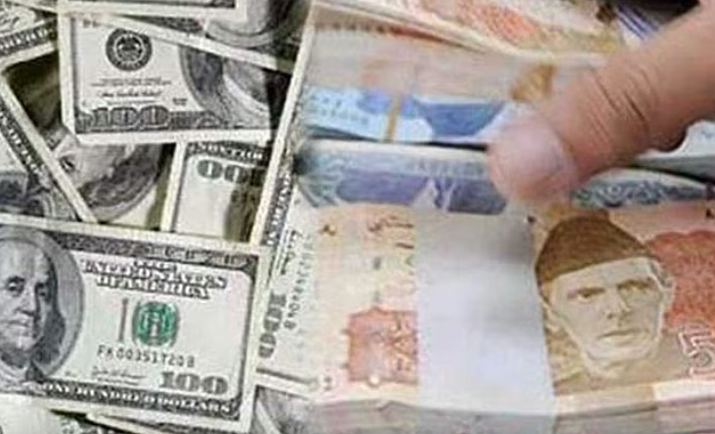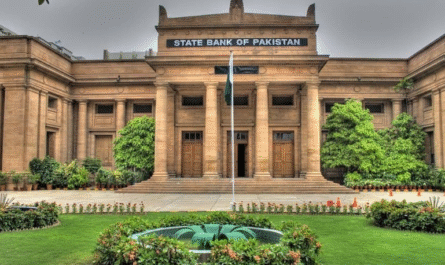In July 2025, Pakistan’s total foreign exchange reserves climbed to a 39-month high of $20.03 billion, with the State Bank of Pakistan (SBP) holding $14.5 billion and commercial banks holding another $5.53 billion.
✉️ Remittances Fuel the Build-Up
Workers’ remittances surged to $34.9 billion for July–May FY 2025, a substantial 28.8% year-on-year increase
Key highlights:
- The UAE led with $754.2 million, up 45.7% YoY.
- Saudi Arabia contributed $913.9 million, followed by sizable inflows from the UK, US, and EU.
This surge is rooted in the growing trust of Pakistani expats in formal banking channels, supported by SBP incentives and better remittance access.
🔐 Tight External Management
In addition to remittances, the SBP implemented tight foreign exchange controls—restricting dollar outflows while strategically buying from the interbank market (over $8 billion bought in FY 25). These measures helped stabilize reserves Dawn.
🛢️ Imports Cover Improves
Pakistan’s import cover rose to 2.71 months, a marked improvement from crisis levels in early 2022 . Economists believe sustained remittance influxes and adherence to the IMF program could further bolster reserves in FY 26.
💱 Currency & Market Dynamics
Despite higher reserves, the Pakistani rupee remained under pressure—hovering around PKR 284.5–287.5 per USD, due to elevated dollar demand for imports.
Still, coinciding economic optimism saw the Pakistan Stock Exchange (PSX) hit record highs, with the KSE‑100 index breaking 136,000 points.
🔍 What It All Means
1. Balance of payments relief: The inflows have reduced external financing stress and brought the country closer to a sustainable import cover.
2. Market confidence: Elevated reserves and inflows are building investor trust—evident in the PSX performance.
3. Reliance on remittances: The economy is increasingly depending on remittance growth, especially from the Gulf—a vulnerability should trends reverse.
4. Policy positioning: The SBP may soon reconsider remittance incentives, which could impact future inflows .
✅ Final Word
The surge in remittances, particularly from the UAE and Saudi Arabia, has catapulted Pakistan’s reserves to a 39-month peak. Supported by disciplined FX management, this resilience is restoring macroeconomic stability. But sustaining this momentum—and reducing dependence on external inflows—requires accelerated growth in exports, domestic investment, and economic diversification.



